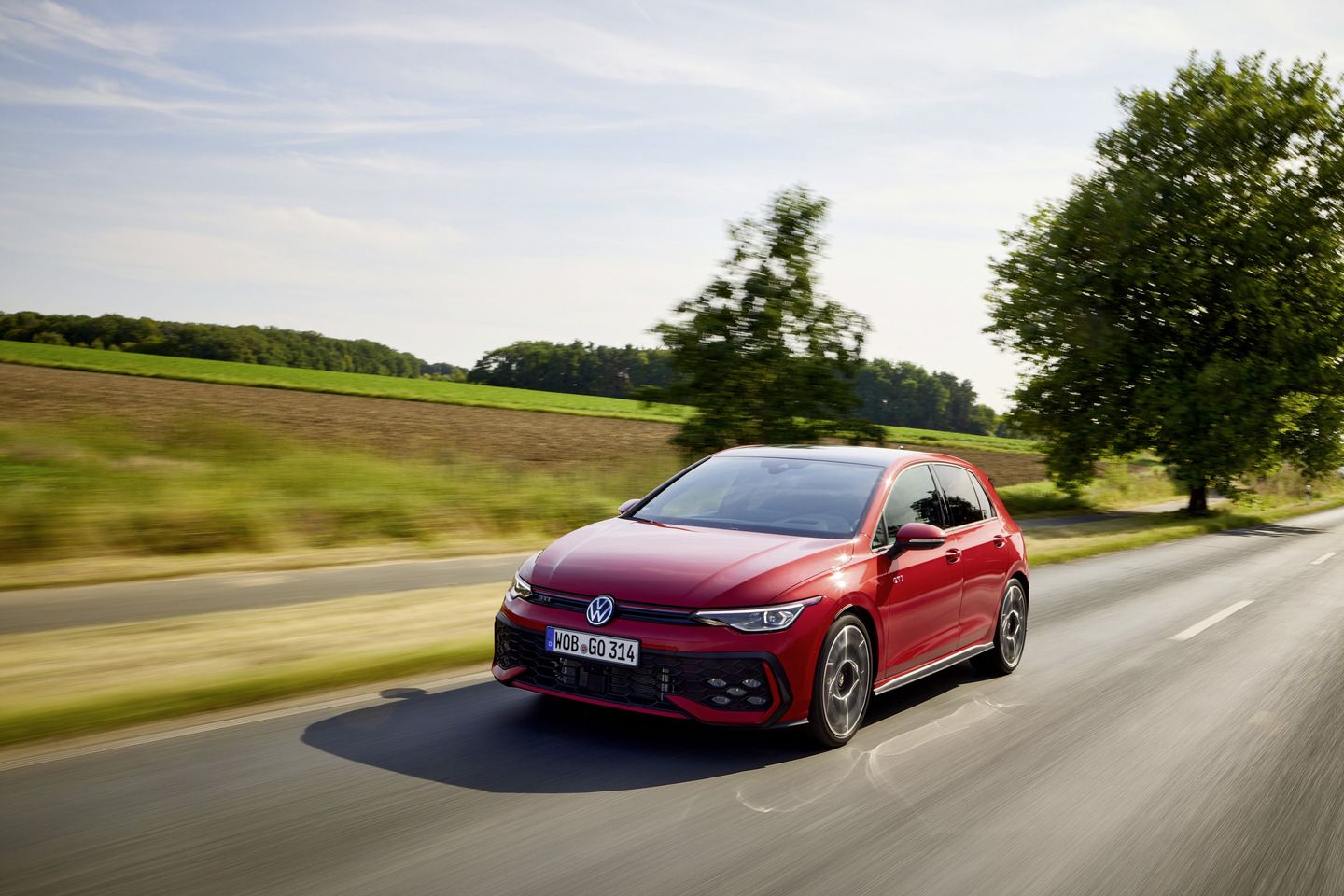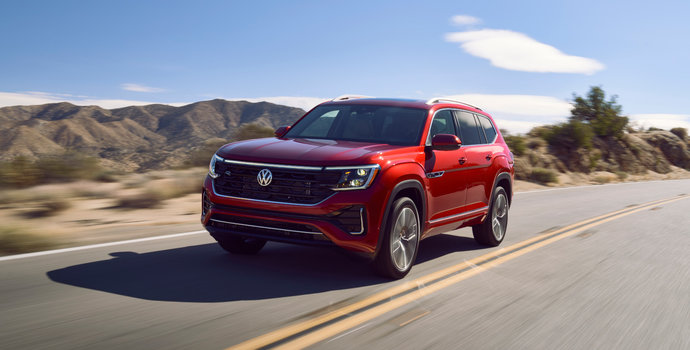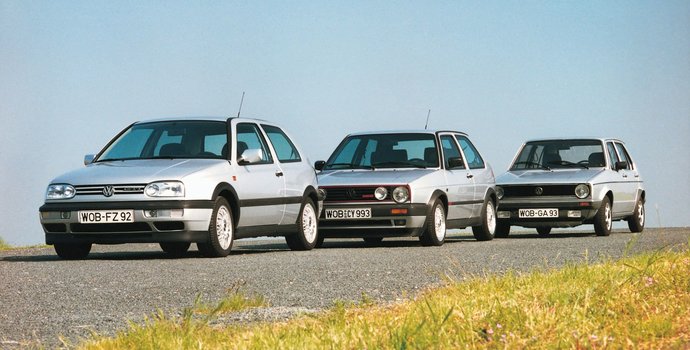Choosing between Volkswagen's two performance models requires understanding how they serve different needs. The 2025 Jetta GLI and GTI share performance DNA but deliver it through different body styles, each with distinct advantages. Both models feature turbocharged engines, sport-tuned suspensions, and premium interiors, yet they target different driving priorities.
Toronto drivers considering these models often weigh the GLI's sedan practicality against the GTI's hatchback versatility. The GLI provides trunk space and rear-seat room for longer trips, while the GTI offers cargo flexibility and lighter weight for spirited driving. Understanding these differences helps determine which model aligns with your daily requirements and driving preferences.
1. Power Output Differences Give Each Model Character
The 2025 GTI produces 241 hp and 273 lb-ft of torque from its EA888evo4 2.0L TSI engine, while the Jetta GLI generates 228 hp and 258 lb-ft from its EA888 2.0L TSI unit. This 13-hp advantage gives the GTI slightly more responsive acceleration and higher rev-range performance. The GLI's engine features variable valve timing on both intake and exhaust sides, plus variable exhaust valve lift for efficiency gains.
Both engines run on regular unleaded fuel and include direct injection with turbocharging. The GTI's engine includes updates from the Golf R development program, contributing to its higher output figures. Peak torque delivery differs between models—the GTI's broader torque curve provides more flexibility across driving conditions.
2. Transmission Options Reflect Different Priorities
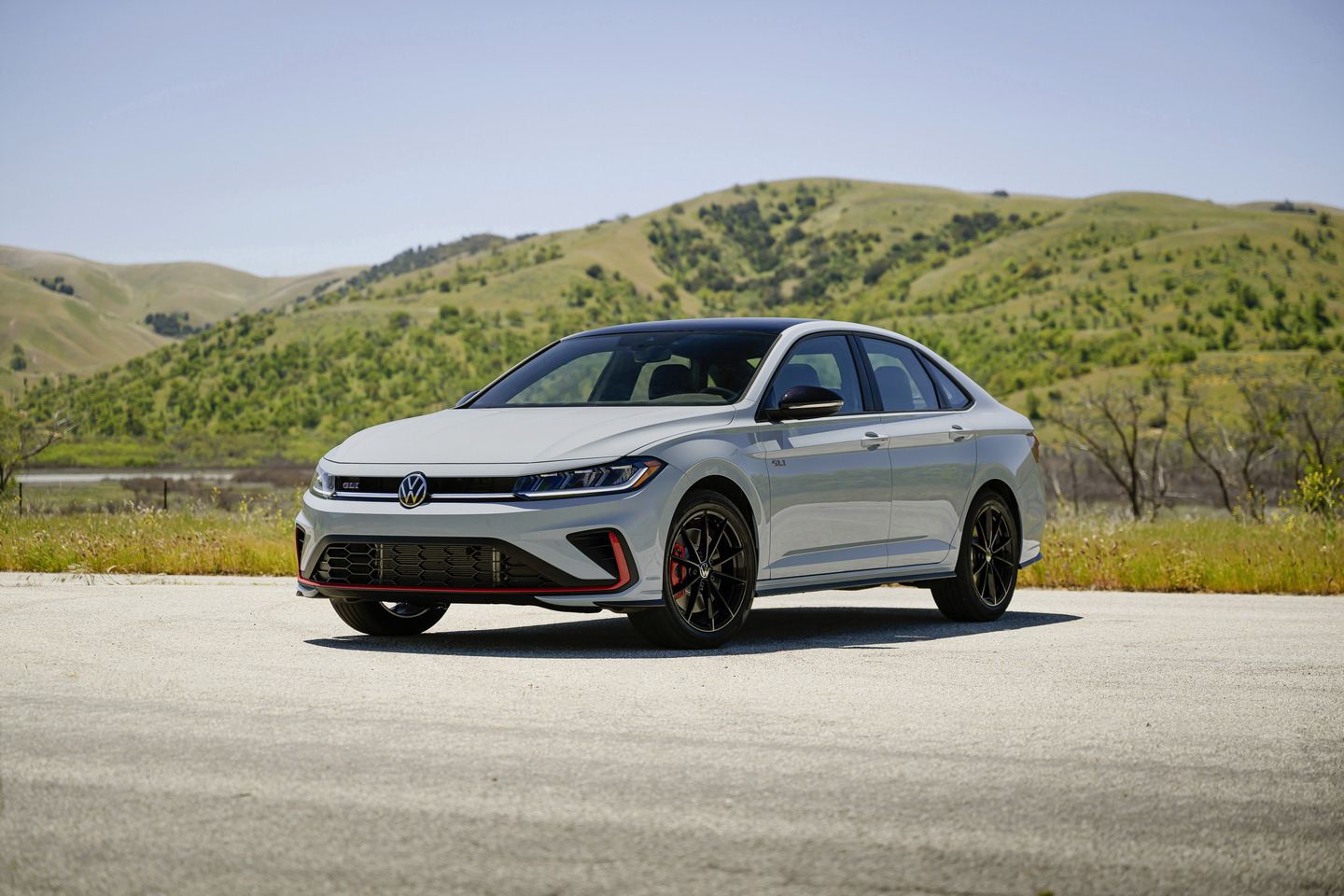
The GTI comes exclusively with a 7-speed DSG dual-clutch automatic transmission, which prioritizes quick shifts and consistent performance. Paddle shifters allow manual control when desired, while the transmission's programming includes launch control for maximum acceleration from a standstill.
The Jetta GLI offers transmission choice with a standard 6-speed manual or optional 7-speed DSG automatic at no additional cost. Manual transmission models deliver more direct driver engagement and slightly better fuel economy ratings. The manual option appeals to drivers who prefer traditional clutch control and gear selection timing.
3. Body Style Creates Fundamental Differences in Use
The fundamental distinction between these models lies in their body configurations. The GTI's hatchback design provides 564 litres of cargo space with rear seats up, expanding significantly when folded flat. The liftback opening allows loading larger items that wouldn't fit through a conventional trunk opening.
The Jetta GLI's sedan configuration offers 399 litres of trunk space plus a separate passenger compartment. This arrangement keeps cargo from passengers and provides better climate control for rear occupants. The sedan's longer wheelbase (2,681 mm vs 2,631 mm) translates to additional rear legroom for adult passengers.
4. Suspension Tuning Addresses Different Driving Scenarios
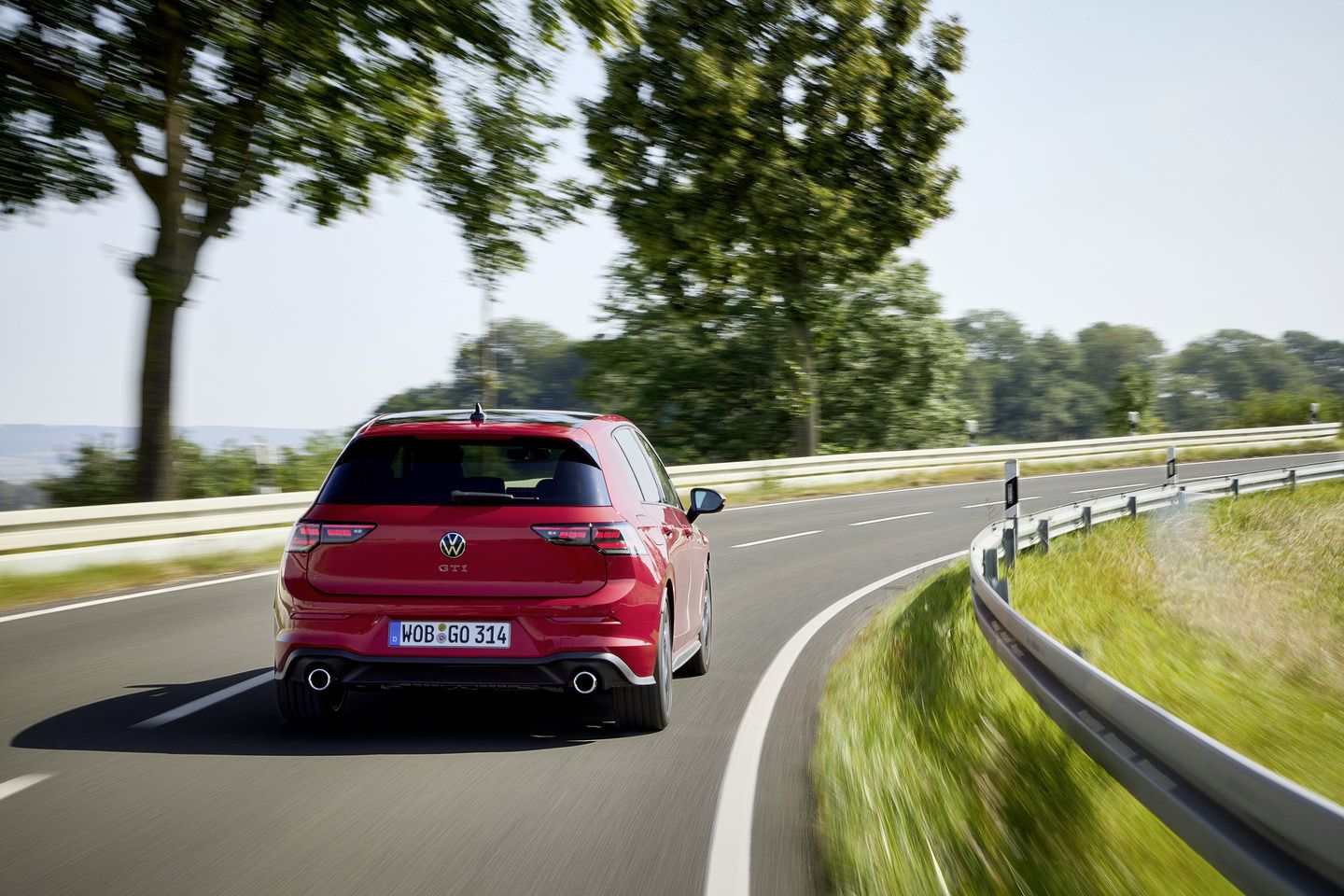
Both models use sport-tuned suspensions, but with different approaches. The GTI features a strut front suspension with a multi-link rear setup, optimized for responsive handling and road feedback. The system includes progressive steering and a VAQ limited-slip differential for enhanced cornering grip.
The Jetta GLI employs strut front suspension with a multi-link rear configuration, tuned for balanced performance and comfort. Its longer wheelbase requires different spring rates and damper tuning to maintain handling precision while delivering acceptable ride quality for daily commuting with passengers.
5. Interior Appointments Show Distinct Personalities
The GTI's interior features Carbon Gray décor with sport-oriented details throughout. Standard cloth seating includes distinctive patterns, while Artvelour surfaces are available on Autobahn trim. The 12.9-inch touchscreen integrates with a sport-focused dashboard layout designed around the driver.
The Jetta GLI interior showcases perforated Vienna leather seating with red accent stitching embedded in the perforations. The cabin design emphasizes refined sportiness over pure performance focus. Ambient lighting includes 10-colour customization, creating a more luxurious atmosphere than the GTI's driver-centric approach.
6. Technology Features Align With Model Positioning
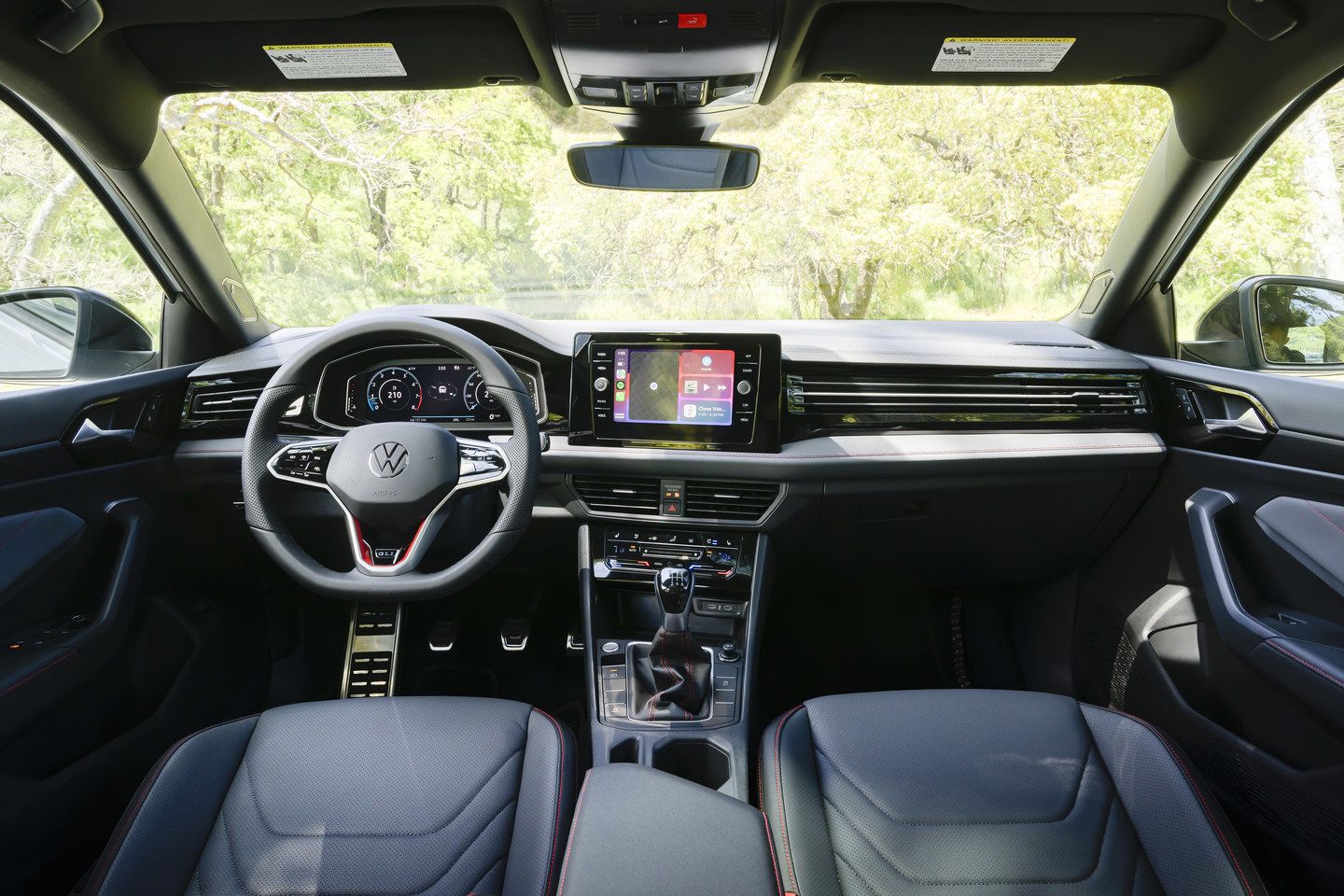
Both models include Digital Cockpit Pro with 10.25-inch configurable displays, but the content differs slightly. The GTI's system emphasizes performance data, including boost pressure, oil temperature, and G-force readings. Sport mode programming changes display themes and information priorities.
The GLI's Digital Cockpit includes navigation integration as standard equipment and luxury convenience features. The system provides four different view configurations including full-screen navigation display. Voice control includes natural language processing for complex command recognition.
Technology Comparison by Model
|
Feature
|
Jetta GLI
|
GTI
|
|
Touchscreen Size
|
8.0-inch
|
12.9-inch
|
|
Digital Cockpit
|
10.25-inch Pro
|
10.25-inch Pro
|
|
Navigation
|
Standard
|
Standard
|
|
Wireless Charging
|
Standard
|
Standard
|
|
Premium Audio
|
Available
|
Harman Kardon (Autobahn)
|
7. Braking Systems Use Different Components
The GTI includes front brakes shared with higher-performance Volkswagen models, designed for sustained performance driving. Disc size and caliper design reflect the model's sport hatchback positioning and lighter overall weight.
The Jetta GLI features upgraded brakes compared to standard Jetta models. It shares 340 mm front discs with the Golf R. Rear brakes use 300 mm vented discs, larger than standard Jetta specifications. Both models include brake disc drying features and electronic brake-pressure distribution.
8. Fuel Economy Reflects Weight and Aerodynamic Differences
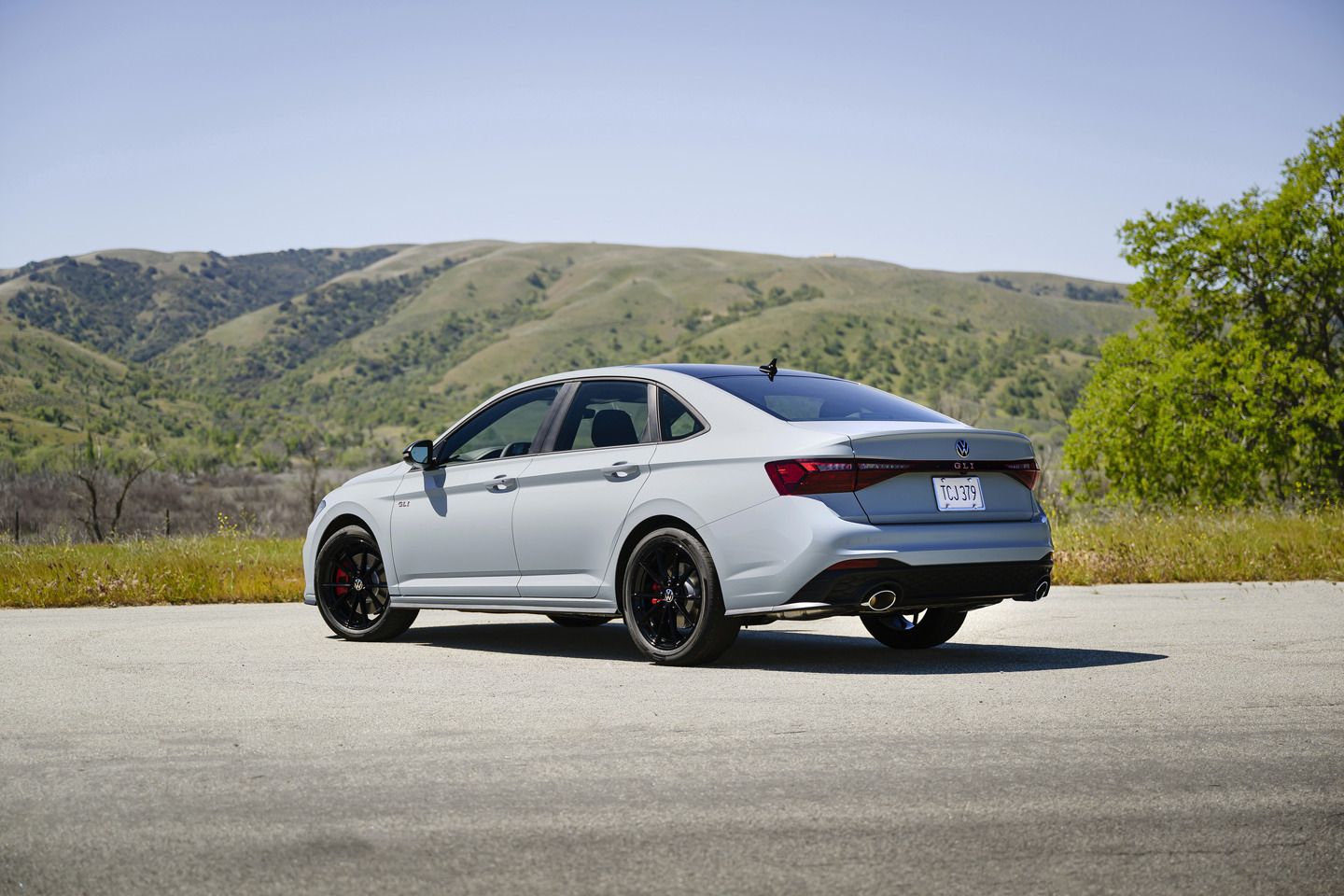
The GTI achieves 8.8 L/100 km combined fuel economy, benefiting from its lighter curb weight of 1,444 kg and hatchback aerodynamics. City ratings reach 9.9 L/100 km with highway consumption of 7.4 L/100 km.
The Jetta GLI with manual transmission achieves 8.0 L/100 km combined, with city ratings of 9.1 L/100 km and highway consumption of 6.5 L/100 km. Despite increased weight, the sedan's lower drag coefficient of 0.31 (compared to the GTI's higher drag) contributes to highway efficiency advantages.
9. Pricing and Trim Structures Target Different Buyers
The 2025 GTI's base trim starts at $36,495, with the Autobahn model at $40,495. Options include 19-inch Queenstown alloy wheels ($500), a power sunroof ($1,250), and an Artvelour seating package ($500). The pricing structure assumes buyers want performance features as standard equipment.
The Jetta GLI starts at $34,995, positioning it below the GTI while offering comparable performance. The Black Package adds styling enhancements for $500. This pricing reflects the sedan's positioning as a more accessible performance option without sacrificing capability.
10. Choosing Between Models Depends on Primary Use
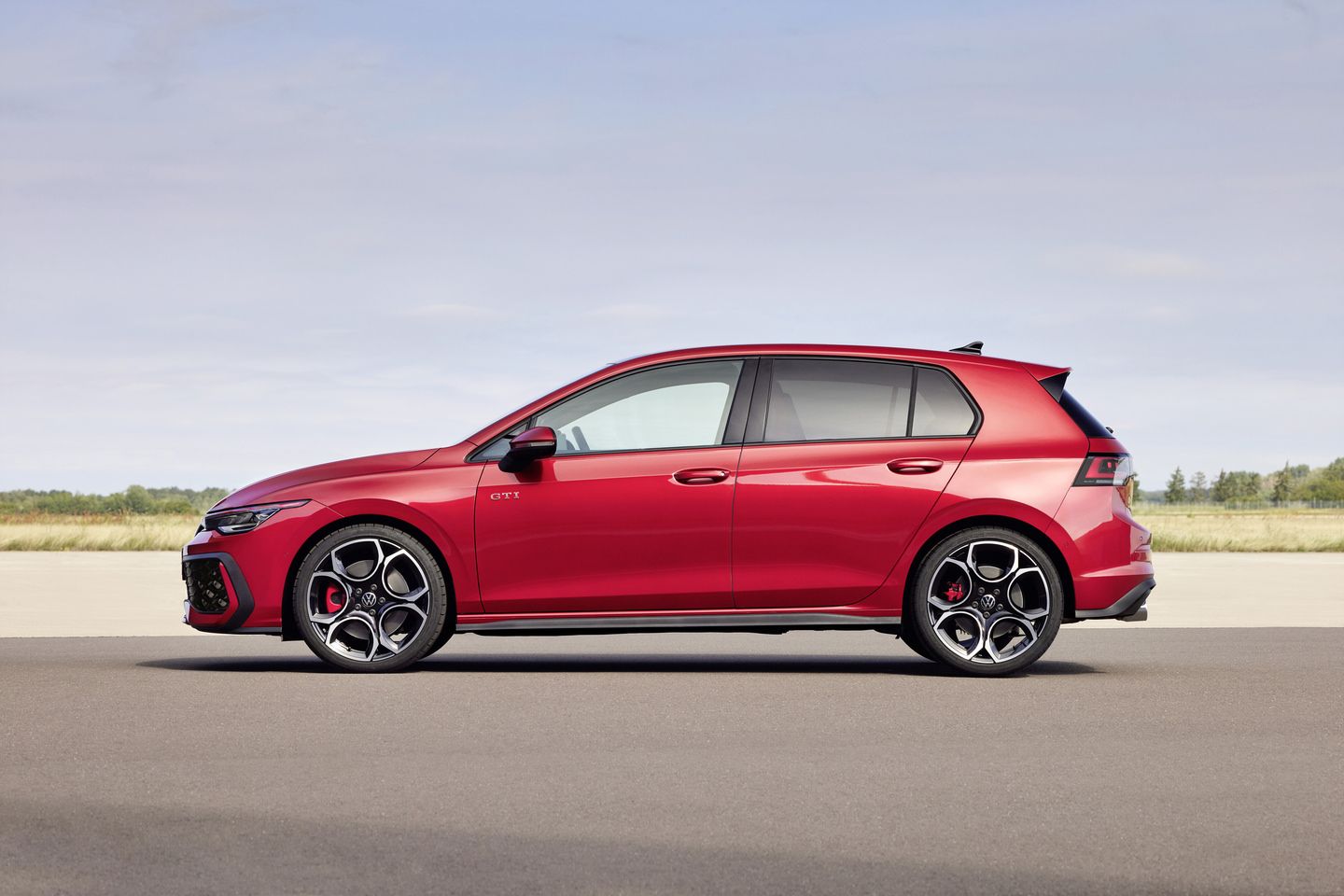
The decision between GTI and Jetta GLI often comes down to intended use patterns. The GTI suits drivers who prioritize handling precision, cargo flexibility, and maximum performance feedback. Its hatchback configuration works well for urban driving, where parking space and cargo versatility matter most.
The Jetta GLI appeals to drivers wanting performance capability with traditional sedan benefits. Rear-seat passengers enjoy more space and comfort, while the separate trunk compartment provides secure storage for daily commuting. The manual transmission option adds driver engagement, which is unavailable in the GTI.
Model Selection Guide
- Choose GTI if: You prioritize handling precision, cargo flexibility, and maximum performance.
- Choose Jetta GLI if: You need rear passenger space, trunk security, and a manual transmission option.
The 2025 Volkswagen GTI and Jetta GLI embody different approaches to performance driving, each with distinct advantages for specific priorities. Understanding how these differences align with your driving needs helps determine which model delivers the right balance of performance and practicality. Schedule a test drive at Volkswagen Midtown to experience how each model feels on Toronto roads.
You might also be interested in these blogs:


